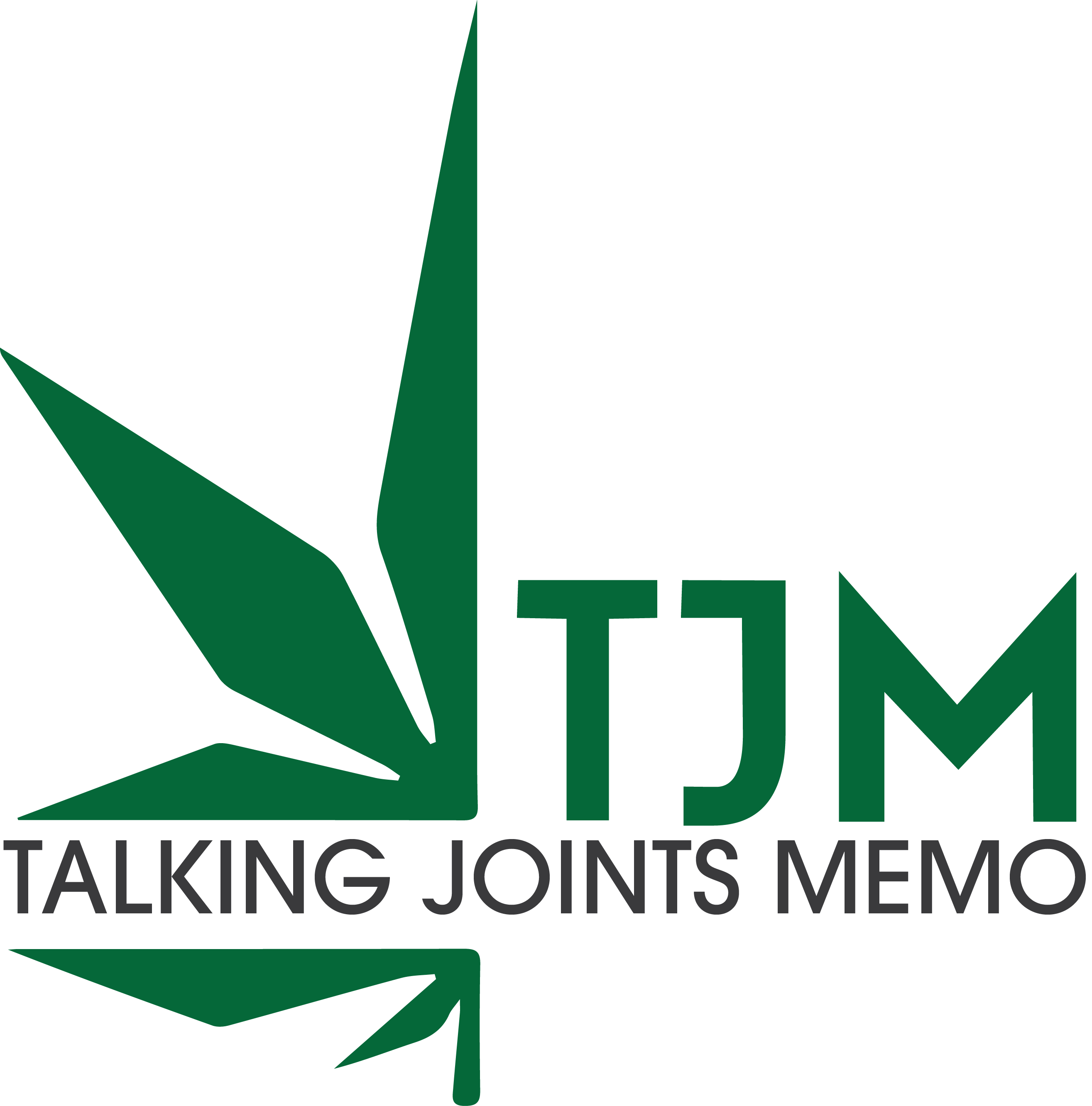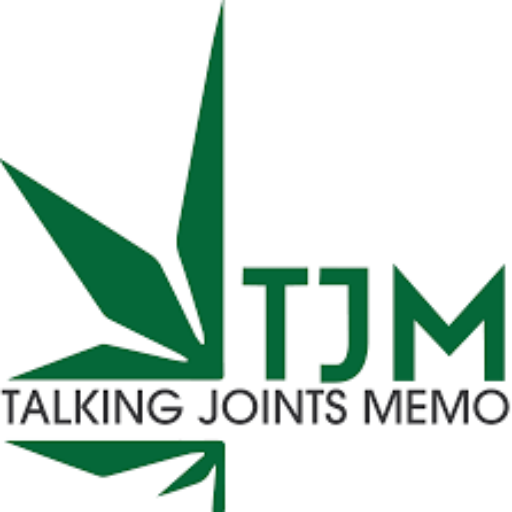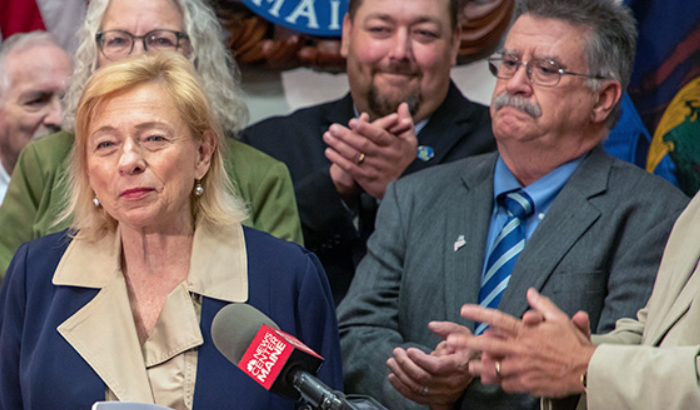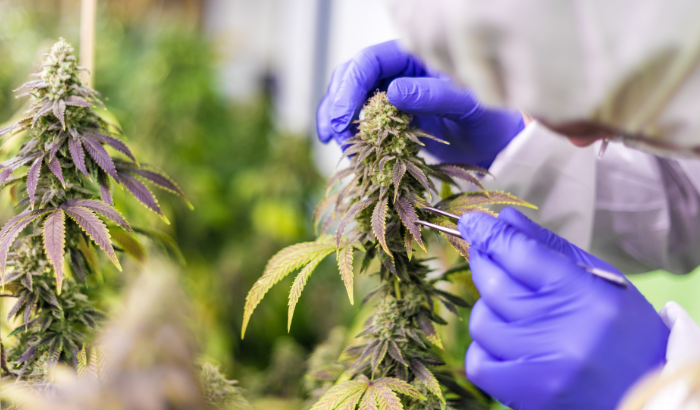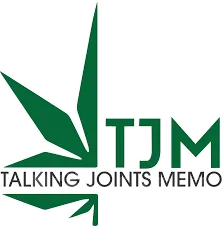
United Healthcare report also shows toll prescription drugs are taking on older adults
According to a new study by United Healthcare, Massachusetts ranks tenth in the nation when it comes to healthy senior living. As the Commonwealth News Service reports, the survey “measures the physical, mental and social well-being of Americans age 65 and older—and shows that increased community support services have led to a 6% decline in food insecurity.”
“Less seniors are worried about getting access to nutritious food,” UnitedHealthcare Chief Medical Officer and Executive Vice President Dr. Rhonda Randall told reporter Kathryn Carley. “More seniors got home delivered meals and more seniors got assistance with meals [over the past year than in the previous year].”
That’s positive news, and clearly access to food is paramount. But the existence of this study got us thinking—what about access to cannabis? Medical and/or recreational? It’s not mentioned in the so-called “comprehensive” United Healthcare report, so we ran our own little side analysis …
Of the 10 states that rank the highest in the report—Utah, New Hampshire, Colorado, Minnesota, Vermont, Connecticut, Hawaii, Washington, Maryland, and Massachusetts, in that order from one through 10—all at least have medical marijuana programs, while six (Colorado, Vermont, Connecticut, Washington, Maryland, and Massachusetts) also have adult-use.
Meanwhile, at the bottom of the rankings, seven states (Arkansas, Alabama, Oklahoma, West Virginia, Kentucky, Louisiana, and Mississippi) only have medical cannabis, with Nevada and New Mexico alone having recreational licensing. Tennessee, at #42, has neither.
Needless to say, we’re not drawing conclusions from our addendum, but rather just acknowledging that cannabis access could be a contributing factor in healthy senior living.
Perhaps when United Healthcare teams up with the United Health Foundation for one of their their annual reports in the future, they’ll consider asking—especially since, as the report also points out, prescription drug deaths increased 43%, from 6.9 to 9.9 deaths per 100,000 adults ages 65+, between 2016-2018 and 2019-2021.



